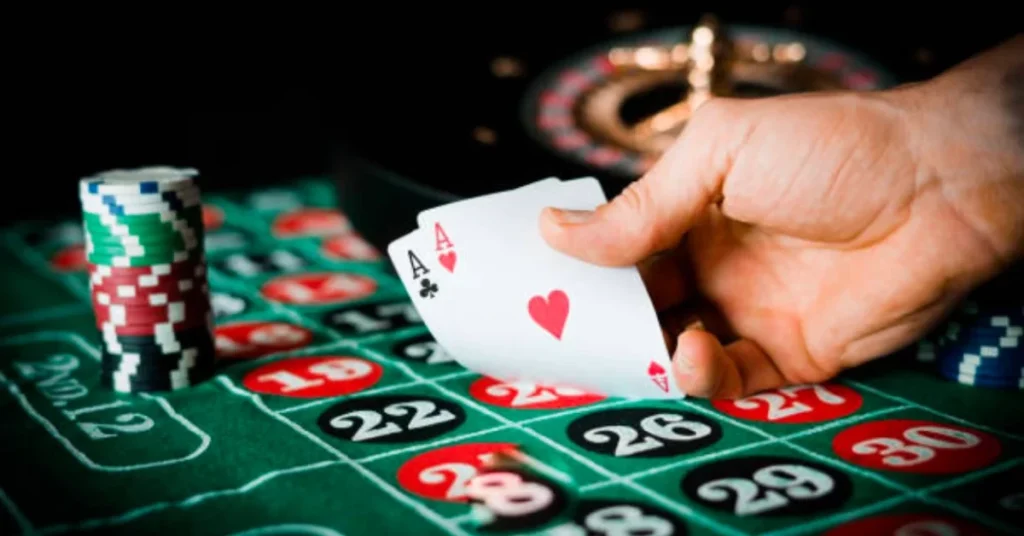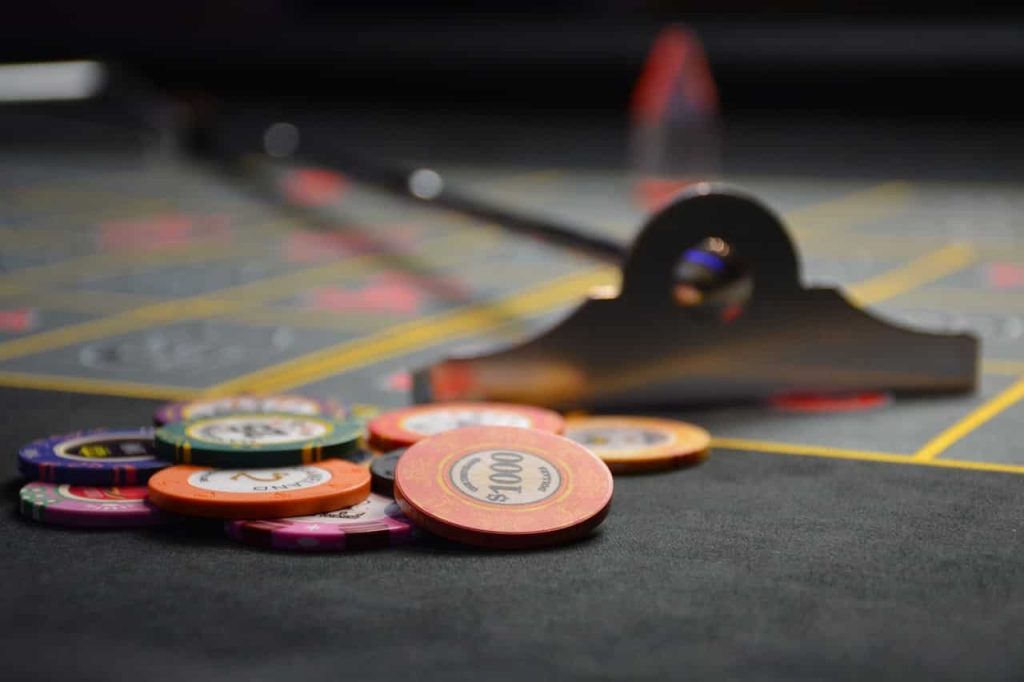Poker, often referred to as a game of skill and strategy, is as much about psychology as it is about cards. At the heart of poker strategy lies the art of bluffing, a skill that can turn the tide of a game and separate the great players from the good ones. In this comprehensive guide, we will delve into the intricacies of mastering the art of bluffing, exploring the psychology, techniques, and strategic considerations that can elevate your poker game to new heights.
Understanding the Psychology of Bluffing:
Bluffing in poker is essentially a form of deception, a strategic move to mislead opponents about the strength of your hand. To master the art of bluffing, it’s crucial to understand the psychological dynamics at play:

1. Observation and Adaptation:
- Pay close attention to your opponents’ playing styles, tendencies, and behaviors.
- Adapt your bluffing strategy based on your observations, tailoring it to the specific dynamics of the current game.
2. Table Image:
- Cultivate a table image that is consistent with your playing style.
- Use your established image to your advantage when executing bluffs, ensuring that they align with the perception opponents have of your typical gameplay.
3. Timing and Patterns:
- Vary your bluffing frequency to avoid becoming predictable.
- Consider the timing of your bluffs, taking advantage of specific situations, opponents’ tendencies, and the overall flow of the game.
4. Emotional Control:
- Maintain emotional control to avoid giving away tells that might reveal the strength or weakness of your hand.
- Be aware of your own emotions and reactions, as observant opponents can exploit signs of discomfort or excitement.
Bluffing Techniques and Strategies:
1. Semi-Bluffing:
- Semi-bluffing involves betting or raising with a drawing hand that has the potential to become strong on later streets Elf Slots (https://elfslotsuk.com/).
- This technique adds an extra layer of complexity, as opponents may fold to your immediate bet or raise, allowing you to win the pot without a showdown.
2. Continuation Betting (C-Bet):
- A continuation bet is made on the flop after being the preflop aggressor.
- This strategic move can convey strength, regardless of the actual strength of your hand, especially if the community cards appear to favor your initial range.
3. Overbetting:
- Overbetting involves placing a bet that is larger than the current size of the pot.
- This bold move can induce opponents to fold strong hands, thinking you have an unbeatable hand, or entice them to call with weaker holdings, maximizing the potential value of your bluffs.
4. Check-Raising:
- Check-raising occurs when you initially check, allowing an opponent to bet, and then subsequently raising their bet.
- This move is effective in conveying a strong hand, potentially prompting opponents to fold their weaker holdings.
5. Polarized Betting:
- Polarized betting involves dividing your range of hands into two categories: strong hands and bluffs.
- This strategic approach aims to keep opponents uncertain about the strength of your hand, making it challenging for them to make informed decisions.
6. Image Exploitation:
- Exploit the table image you’ve cultivated to make successful bluffs.
- If you are perceived as a tight player, strategically incorporate bluffs to catch opponents off guard. Conversely, if you have a loose image, use bluffs selectively to maintain unpredictability.
Strategic Considerations for Successful Bluffing:

1. Positional Awareness:
- Bluff more frequently when you are in a later position, as you have more information about opponents’ actions before making your decision.
- Be cautious with bluffs in early positions, as you lack information about opponents’ intentions.
2. Reading Opponents:
- Continuously assess your opponents’ behavior, betting patterns, and reactions to gauge their likely holdings.
- Identify opponents who are more susceptible to folding and those who are likely to call or raise.
3. Pot Odds and Bet Sizing:
- Consider pot odds when bluffing, ensuring that the size of your bet makes it mathematically unprofitable for opponents to call with drawing hands.
- Adjust your bet sizing to create an optimal risk-reward scenario for your bluffs.
4. Table Dynamics:
- Be attuned to the overall dynamics of the table, including the playing styles of opponents and the current mood of the game.
- Adjust your bluffing frequency based on the evolving dynamics to stay ahead of your opponents.
5. Adaptability:
- Poker is a dynamic game, and successful players adapt their strategies based on the evolving circumstances.
- Be willing to adjust your bluffing frequency, techniques, and overall strategy as the game progresses and opponents adapt to your play.
Conclusion: Elevating Your Poker Game with Bluffing Mastery
Mastering the art of bluffing is an ongoing journey that requires a combination of psychological insight, strategic acumen, and adaptability. As you integrate these bluffing techniques and considerations into your poker repertoire, remember that successful bluffing is not solely about winning pots without a showdown; it’s about creating a dynamic and unpredictable image at the table.
Bluffing adds an element of excitement and unpredictability to poker, keeping opponents on their toes and providing you with the opportunity to exploit their tendencies. Embrace the nuances of bluffing as an integral part of your poker strategy, and let the artistry of deception become a powerful tool in your quest for success at the poker table.
